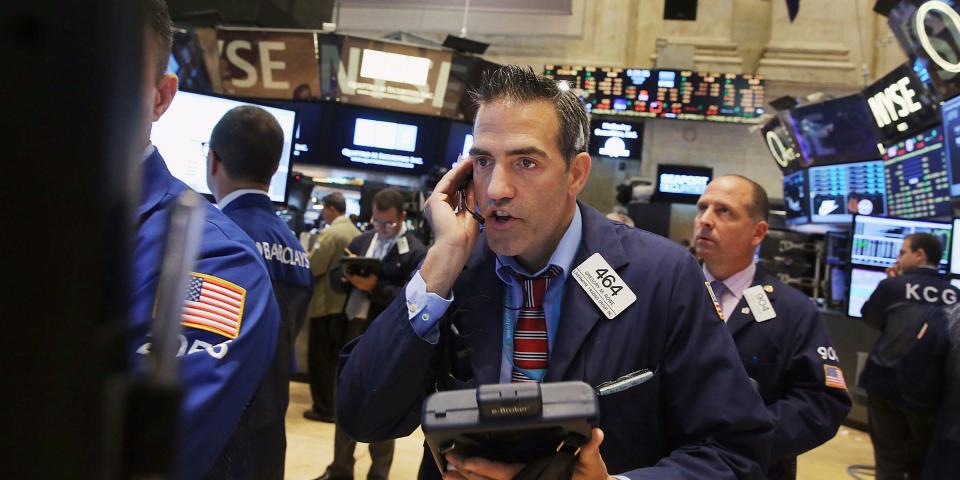The stock market is close to flashing a “buy” signal with a strong track record, according to BofA.
BofA’s sell side indicator is three times closer to a “buy” reading than a “sell” reading.
The indicator suggests 15.5% upside in the S&P 500 over the next year, analysts said.
The stock market is close to flashing a “buy” signal that’s almost always resulted in positive returns for the S&P 500 in the following 12 months, according to Bank of America.
The bank pointed to its Sell Side Indicator, a contrarian sentiment gauge that has accurately flashed bullish signals when Wall Street investors get overly bearish in their outlook for the market.
Currently, that gauge is in “neutral” territory, the strategists said, but is three times closer to a “buy” signal’ than it is a “sell” signal, which could indicate a more bullish path ahead for stocks.
At its current level, the SSI suggests a 15.5% gain in the S&P 500 over the next year, strategists estimated, which would take the benchmark index to 4,850 in the next 12 months.
“The SSI has been a reliable contrarian indicator – in other words, it has been a bullish signal when Wall Street was extremely bearish, and vice versa,” a team of strategists led by Bank of America’s Savita Subramanian said in a note on Wednesday.
“Historically, when the indicator has been here or lower, 12m forward S&P 500 returns were positive 95% of the time (vs. 81% overall) with a median return of 21%.”
Bearish sentiment has been stoked by the recent surge in bond yields, with the yield on the 10-year Treasury note notching a 16-year-high last month. That’s caused equities to look less attractive and ratcheted up fears of a coming recession, sparking a sell-off in stocks that drove the S&P 500 to its third-straight monthly loss.
But many businesses and consumers may not even feel the recent surge in bond yields, considering that over 75% of debt held by S&P 500 firms and 85% of US mortgages are financed at fixed long-term rates, strategists said.
“While higher rates have weighed on equity sentiment, we believe corporates and consumers may hold up better than expected as they have time to adapt,” they later added.
The bank argued in a separate note on Wednesday that the economy is holding up because of this lagged effect, and the stocks can still do well as interest rates stay elevated.
Bond yields eased on Wednesday after the Fed held interest rates steady in its latest monetary policy update, with the yield on the 10-year Treasury falling about nine basis points to 4.776%.
Read the original article on Business Insider
Credit: Source link




